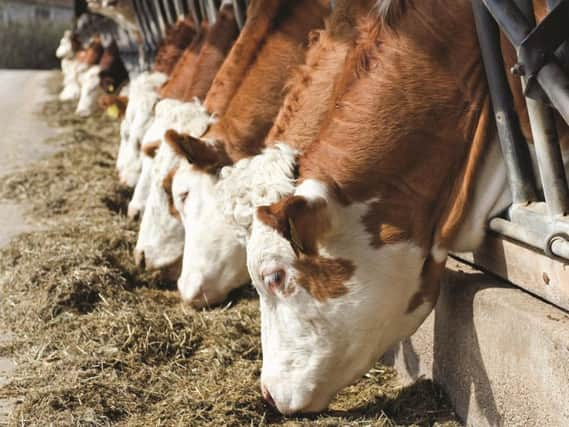When to treat cattle for liver fluke


It follows that a common question at this time of year is “when exactly should I treat my cattle for Liver Fluke.”
Because liver fluke have a complex life cycle, treatment of it is not as straightforward as the treatment of gut worms in cattle. Various regimes can be used on farm all of which have advantages and disadvantages. There is no one size fits all approach to fluke treatment in cattle. Ideally fluke treatment should be tailored to the particular on-farm situation.
Advertisement
Advertisement
Generally farmers house cattle and then after a period of “standing in the house,” they treat them. The rationale behind housing cattle and delaying treatment for a number of weeks is to allow the early immature fluke to mature on and be at a stage that they will be effectively killed by the flukicide product used.
Housing cattle and waiting a number of weeks has the advantage of maximising the fluke kill from the product used. The obvious disadvantage of housing cattle and delaying treatment is that cattle have an untreated burden of parasites for the first few weeks of the housing period.
Other farmers routinely treat cattle for fluke on the day of housing. This type of regime i.e. not delaying treatment may be crucial to the performance of cattle this winter, as the liver fluke levels are likely to be high in cattle following the very wet summer and autumn. Regardless of product used on the day of housing, some of the early immature fluke will evade the product used. For this reason cattle treated on the day of housing should be re treated for liver fluke later on in the housing period. The exact timing of that second treatment will depend on the product used at the initial housing treatment.
Treatment options
There are many effective drug treatments available on the market so farmers have plenty of choice to use a product that suits them. A comprehensive treatment regime should be discussed with a veterinary surgeon or suitably qualified person.
Closamectin Pour-On is a convenient 4 in 1 pour on providing broad spectrum efficacy against the majority of economically important stages of internal and external parasites in cattle.